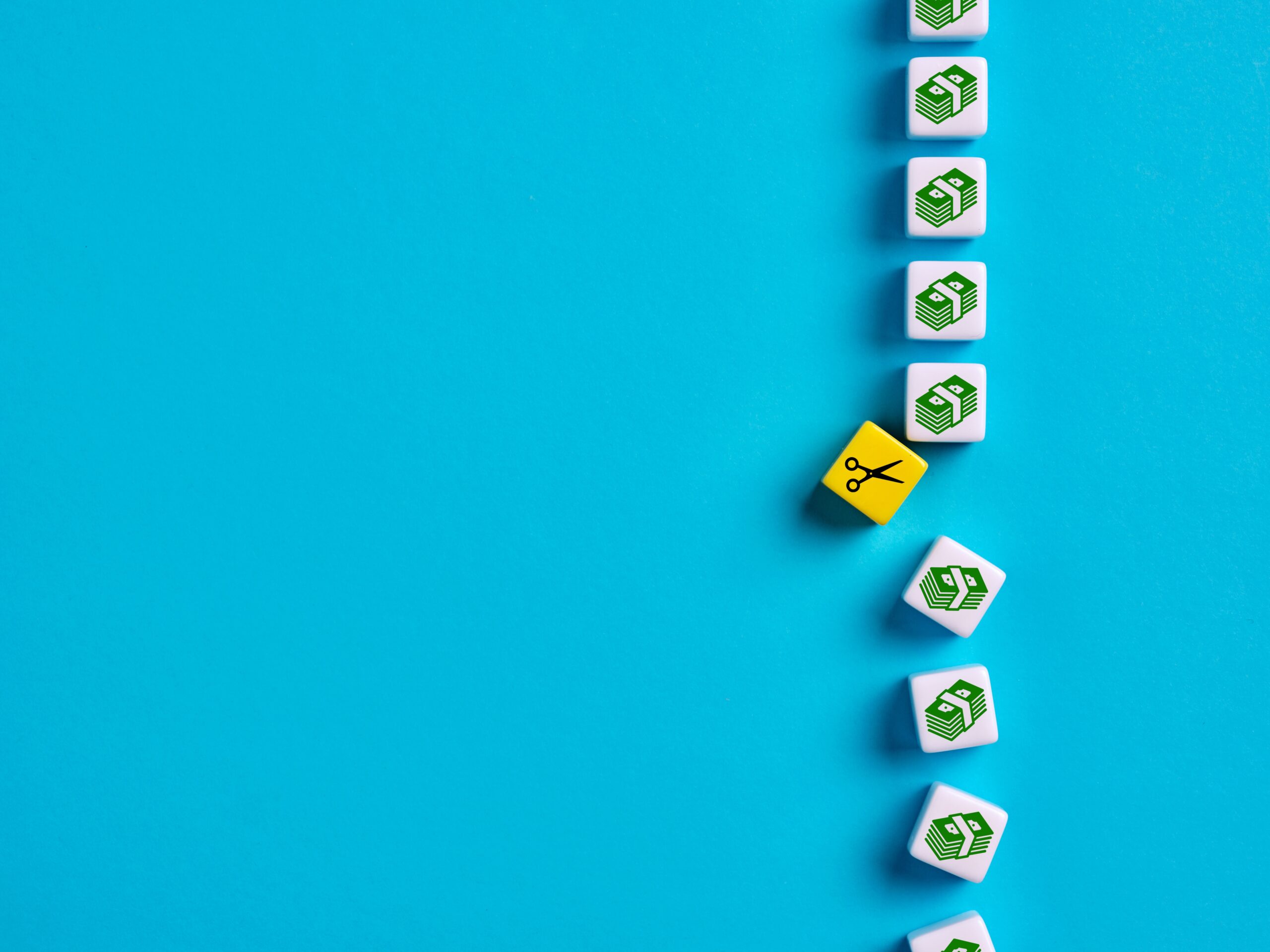There’s one marketing trend that’s not going away any time soon: influencer marketing. Instagram is chock-full of popular accounts promoting products, announcing brand partnerships, or dropping promo codes and doing what they do best: influencing!
No matter what scale your marketing campaign is, from launching your first product as a small business to announcing the latest drop by a huge, established company, incorporating influencers is an increasingly crucial part of the process.
What’s the deal with influencers?
As you probably know, influencers are people/accounts that have a significant social media following and can therefore sway their followers to make certain purchases. They’ve developed a strong relationship with their followers and earned their trust, and they may be an authority on a certain topic. Influencers have a unique way of promoting certain products, like a beauty influencer promoting a certain brow pencil, while also feeling like they’re a friend giving a recommendation.
Know your goals
What is it that you’d like to accomplish? Are you trying to sell a product? Are you trying to better your position in the market? Are you trying to increase your own social media following, build more trust among your existing audience, or reach a new audience?
Research shows that while influencers are great at promoting certain products — 14% of 18-to-24-year-olds and 11% of millennials had bought something based on influencer recommendations — they are also effective at increasing brand awareness in general.
Research your audience
Like any other type of marketing campaign, launching an influencer campaign requires you to do some research beforehand. You must be able to understand your audience as consumers and people. What are their interests? Their needs? What kind of media are they consuming? Who are they following? The more you know your audience, the better you’ll understand how exactly to reach them.
This research also goes for the influencers you’d like to work with. Understand the influencer’s approach and their audience. Think about reach: a nano-influencer has 1K–10K followers, a micro-influencer has 10K–50K followers, a mid-tier influencer has 50–500K, a macro-influencer has 500K–1 million, and a mega-influencer has over a million followers.
It goes without saying that budget plays a huge role in the kind of campaign you want to run. It costs a pretty penny to have an influencer with millions of followers push your product to their audience. It may be weird to think of someone with a few thousand followers as an influencer, but a smaller following can often mean a closer relationship with their audience and potentially better audience loyalty.
Finding the right influencer is not just about numbers. Does your product actually vibe with their brand? Does the partnership make sense? Does the influencer have experience with brand partnerships and/or a media kit? Do they have the right mix of sponsored posts and the usual content they’re known for or are they plying their audience with “#ad” posts too much?
Reaching out
Once you’ve finally identified brand partners that can bridge the gap between their audience and yours that fit within your budget, it’s time to reach out. Reaching out can look a few different ways depending on what your company and the influencer you’d like to work with look like. Like any other form of talent, influencers are often repped by agencies, so you may have to liase with them. Other times, you can reach out to influencers personally.
Working together
The best influencer marketing campaigns are true partnerships, in which the brand and the influencer work together, understand each other’s approaches and needs, and create authentic pieces of content. Telling your influencer exactly what to do defeats the purpose of the campaign, but you can still trust the influencer’s creativity and lay out clear expectations and make sure they understand non-negotiables. Of course, these points as well as a comprehensive list of deliverables, metrics of success, post length/frequency, payment details, and other legal obligations will all be outlined in the contract you will definitely sign with your influencer!
After the campaign is over, it’s important to follow up with the influencer and see how it went for both parties. Once again, do your research, gather your data from the campaign, and take a look at what worked and what didn’t work.
Influencer campaigns are all about collaboration and communication. With the right audience, the right brand partner, clear expectations and open communication, influencers can take your brand’s game to the next level.
About the author.
Sam Mani writes about work, creativity, wellness, and equity — when she’s not cooking, binging television, or annoying her cat.




